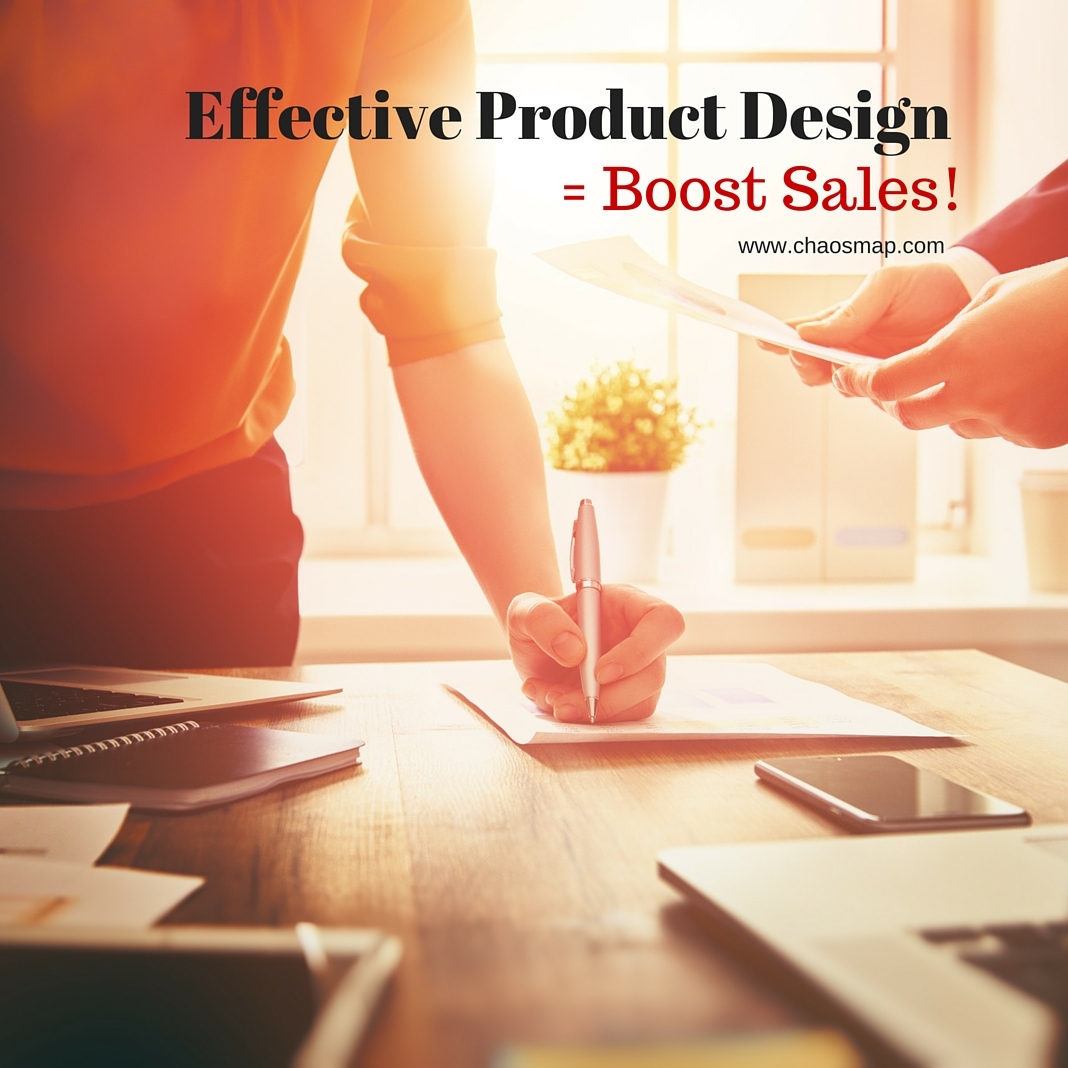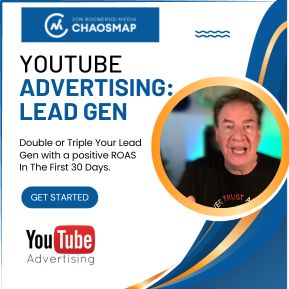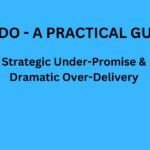Between 2015 and 2020, retail sales will reach $523 billion, Forrester projects.
As e-commerce growth accelerates, marketing departments will prioritize the need to develop content that increases website traffic, with 65 percent of marketers investing the biggest part of their budget in social marketing, according to Gartner.
But while focusing on traffic, it’s easy to overlook the design elements that make product pages sell. Here are some key ways to create effective product pages through design, testing and implementation.
1. Design
There are nine product page elements that have the biggest impact on the user experience and sales performance. Here are a few:
- The header image helps make the sale by speaking to peoples’ emotions. And, imagery is an especially important consideration in industries like clothing, where detail makes the difference. Accordingly, the Gap’s home page is dominated by images of models posing in various clothing items, with minimal text.
- Product names can also speak to peoples’ emotions and create a rational appeal to buyers. To enhance emotional impact, include benefit-oriented descriptors in your product name fields.
- Add buttons for buying items or adding items to a sales cart, followed by prices. In some cases, you might be able to showcase price discounts as well as prices. For instance, a TireBuyer product page for Goodyear Tires highlights a money-back offer in the space above the fold.
- Use product headlines that draw attention to the overall benefits.
- Include product reviews, additional photos or gallery photos and full product blurbs or specifications. These elements speak to the shopper who may already be considering a purchase, which can help close the deal.
2. Testing
Testing to improve conversion rates is another important step in page design. Many Internet marketing A/B split tests focus on tweaking details, such as alternating images, colors and fonts.
WordStream founder Larry Kim says these minor tweaks can sometimes boost your conversion rate a few points. But if you want to double or triple your conversions, focus on items that have a bigger impact on sales persuasiveness.
The biggest element you can improve is changing your sales offer. Many industries use offers that sound essentially similar to their competitors. For instance, most software providers offer free trials. You can make a free trial offer more compelling by making it more specific and unique, Kim says.
For instance, to promote his company’s online advertising service, Kim’s team used an online tool to offer visitors a free AdWords campaign performance grade evaluation; the company offered 40 hours of PPC analysis in 60 seconds or less.
Other elements you can adjust include the usability flow of your design and re-marketing to visitors once they leave your site.
3. Implementation
Successful page deployment also requires effective marketing implementation. This includes covering social media promotion and order fulfillment.
Limelight Department content strategist Steve Ference describes how his design team launched a successful T-shirt sales campaign for a client.
After building the client’s social media following and email list, Limelight photographed the T-shirt to promote through social media and email marketing.
Limelight also calculated shipping costs, calibrated the ordering process and coordinated with customer service representatives to ensure a smooth launch from start to finish.
Jon Rognerud and Chaosmap work with Fortune 500 companies, associations and entrepreneurs to create digital traffic strategies that scale up members, customers, leads and sales with profitable returns. Mr. Rognerud wrote a best-selling book (Buy On Amazon), “The Ultimate Guide To Optimizing Your Website” (Entrepreneur). Connect directly here.







